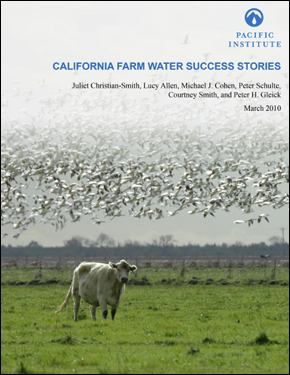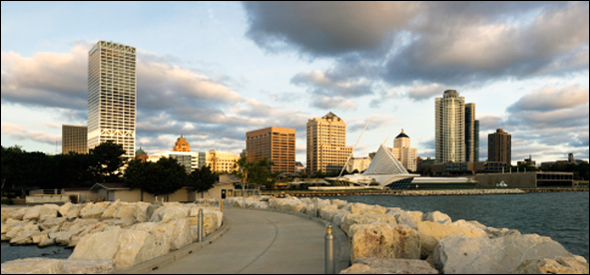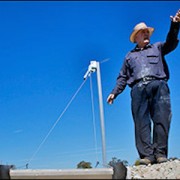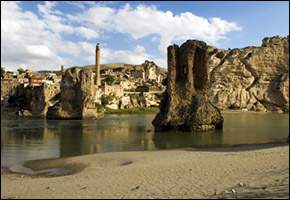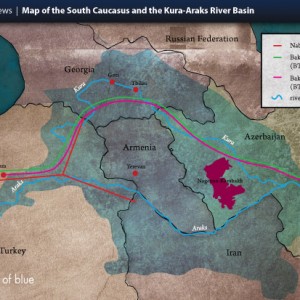Peter Gleick: Wake Up, Here is What a Real Water Crisis Looks Like
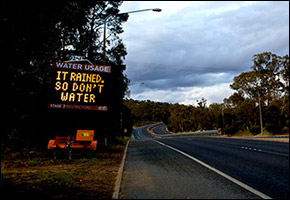
California is in the midst of an ugly debate about water–uglier than normal–because of a confluence of events, including a “hydrologic” drought caused by nature, a longer-term trend to restore some water back to failing ecosystems, and the gross mismanagement of the state’s water, which has been going on for a century, but is affecting us now more than ever.
But despite all of the rhetoric, news stories, name-calling, yelling, and screaming, Californians have very little clue about what a real water crisis looks like. It looks like what’s happening in Australia.
Water Number: 18,000 tons of rice
That is the total rice production from all of Australia last year, compared to the long-term average from 1970 of over 720,000 tons, and the high (in 2000) of over 1.6 million tons. Effectively, Australian rice production has dropped to zero because there is not enough water. And that is only one measure of the severity of their water crisis.
I think when the final agricultural production numbers for this year are released, it will turn out that California agriculture overall had a pretty good year. Indeed, for some growers and sectors, income and levels of production will be at record highs. In fact, the loss of Australian rice production is one reason California rice production is going to be healthy this year–prices are up. Are some farmers and sectors going to see decreases from last year, or from average? Yes, certainly. But what we are experiencing now in California is a far cry from the seriousness of what the Australians have had to deal with.
Australia has suffered from a decade of drought. Serious drought. And rainfall shortfalls have been accompanied by seriously rising temperatures. The hot, dry conditions have led to unprecedented bushfires, deaths, and property destruction. Power plants have shut down for lack of cooling water. Cotton, wheat, and other crop production also plummeted. The Australian Bureau of Statistics calculated that more than 10,500 families gave up farming between 2001 and 2006.
This real drought has, at last, led to transformational changes in Australian water policy–changes unlike the tiny, incremental modifications we’ve fought over in the western United States. Among other things, they have:
- Restructured their water rights
- Integrated groundwater use with surface water use, and instituted comprehensive monitoring of all water use
- Strengthened ecosystem protections during shortages
- Expanded gray water use and water recycling
- Cut industrial water use by over 30%
- Imposed strict water rationing backed by real penalties
- Raised prices for municipal water
- Developed a foundation for real water trading
- Banned using hoses, washing your car, watering your garden, or filling your swimming pool
- Required installation of rainwater tanks in some locations, and mandatory installation of efficient shower heads and toilets
- Invested in infrastructure improvements and expansion, such as desalination, efficient irrigation systems, leak detection and elimination practices, and better meters everywhere
There is also no serious disagreement about climate change. Australians largely accept the science and have moved on to the real discussion: what needs to be done to prepare to adapt to unavoidable impacts on water systems.
In short, under duress, Australians did what they (and we) should have done long ago.
And the results? Urban and agricultural water consumption has been reduced throughout Australia–they’ve had no choice. In Canberra, water consumption dropped 35% within the space of just one year. In Melbourne, per capita water consumption in 2008 fell to its lowest level since 1934. In Sydney, water use today is at the same level as it was in 1974, despite 1.2 million additional residents. And their use is far, far below our use here in California. (For more details, see the good summary by Craig Windram at his Think Carbon blog.) While a few of the measures used to achieve these immense decreases are extreme (they were in an extreme situation), many of these techniques are no-brainers and are long overdue for California.
Will we, in the western U.S., stop the scrambling for political positioning, move from ideological arguments, look for common ground, and stop misusing data in attempts to gain some political advantage? Maybe someday, when today’s “drought” looks like the good old days of plenty. I’d like to think we can do these things before the real pain starts.
Dr. Gleick’s blog posts are provided in cooperation with the SFGate. Previous posts can be found here.


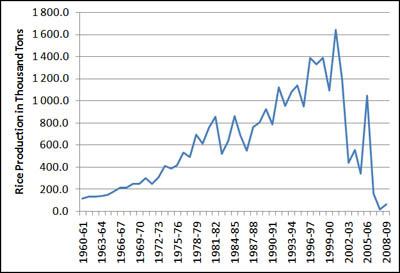 Australian rice production in thousand tons per year, from 1960 to 2008. These data come from
Australian rice production in thousand tons per year, from 1960 to 2008. These data come from 